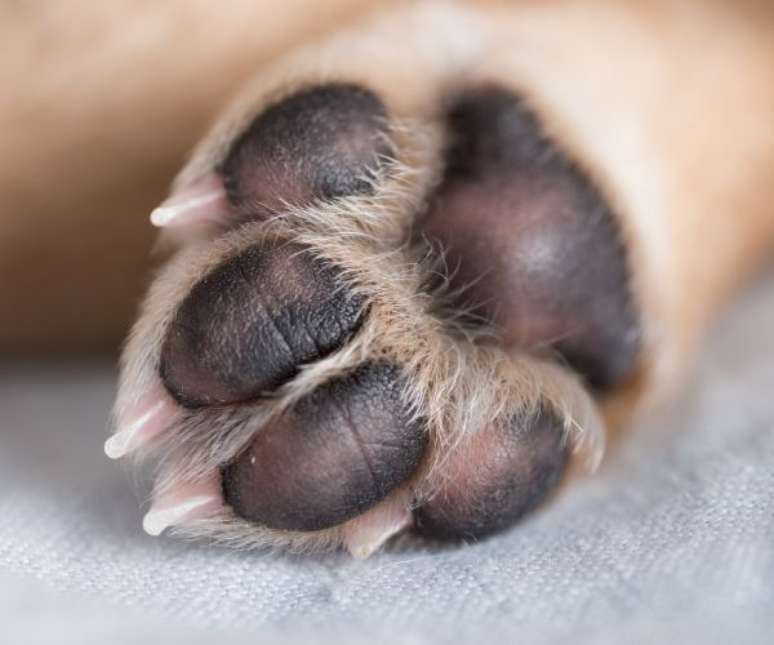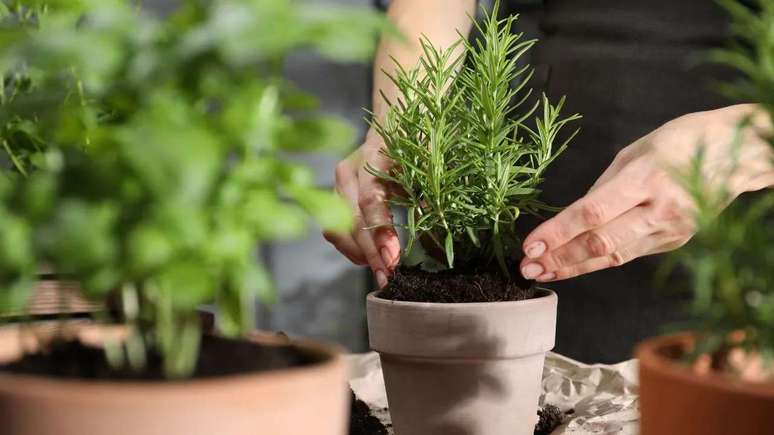In summer, pets’ paws can burn while walking outdoors; understand the precautions to be taken
Walking your pets often is very important and fun. However, in summer, there is little care – it is necessary protect pets’ paws. After all, unlike us humans, they don’t wear shoes to avoid the heat of the ground.
According to veterinarian Dr. Aline Machado De Zoppa, the “pads” on the paws of pets, called cushions, have a different structure from the skin of the rest of the body, allowing them to step on and support the weight of the animal without pain or no hassle. give to them.
In turn, they are also very sensitive to heat. “The ideal is to avoid excessive sunlight when walking on surfaces such as asphalt, which can reach almost 100 degrees, and opt for more protected terrain or grassy areas, for example,” advises the professional. In this sense, the best times to walk your pets and to escape the heat peaks are from 6:00 to 10:00 and from 16:00.
Also there are establishments that sell shoes for the paws and which can be used for protection. If your pet fits this accessory, this is also a good option. Just don’t forget to clean it well.
What happens if your pet’s paw burns?
When a burn occurs on pets paws, It is essential to seek help from a veterinarian trust me now. According to the specialist, procedures ranging from the application of creams for the recovery of the region to other treatments involving painkillers and antibiotics may be necessary. “In more serious cases, the patient may need to be hospitalized to treat the wounds that form and preserve the limbs,” he adds.
So, did you like the recommendations? Discover this and other information in the video below:
Source: Terra
Ben Stock is a lifestyle journalist and author at Gossipify. He writes about topics such as health, wellness, travel, food and home decor. He provides practical advice and inspiration to improve well-being, keeps readers up to date with latest lifestyle news and trends, known for his engaging writing style, in-depth analysis and unique perspectives.




-rhglle1pav5j.jpg)




